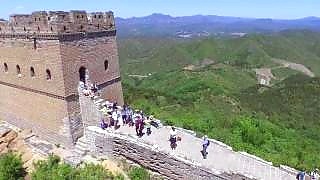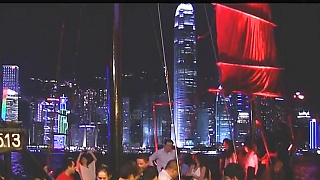Known mostly only by rock climbers, this beautiful area in south China will become a new national park.
[640],shadow=true,start=,stop=
Live more ...
 GeTu River Valley 搞定了, from the air, GuiZhou province
GeTu River Valley 搞定了, from the air, GuiZhou provinceKnown mostly only by rock climbers, this beautiful area in south China will become a new national park.
[640],shadow=true,start=,stop=

|
The first film of ShangHai scenes is in Ultra HD / 4K
ShangHai trips ...
|

|
The most thrilling and picturesque part of the Great Wall of China that's not far from BeiJing (120 kilometers).
|

|

|
With Valeriy Blank ...
|

|
|

|
Caroline Esmeralda van der Leeuw is a Dutch pop and jazz singer. Here, live in Budapest, Hungary ...
|